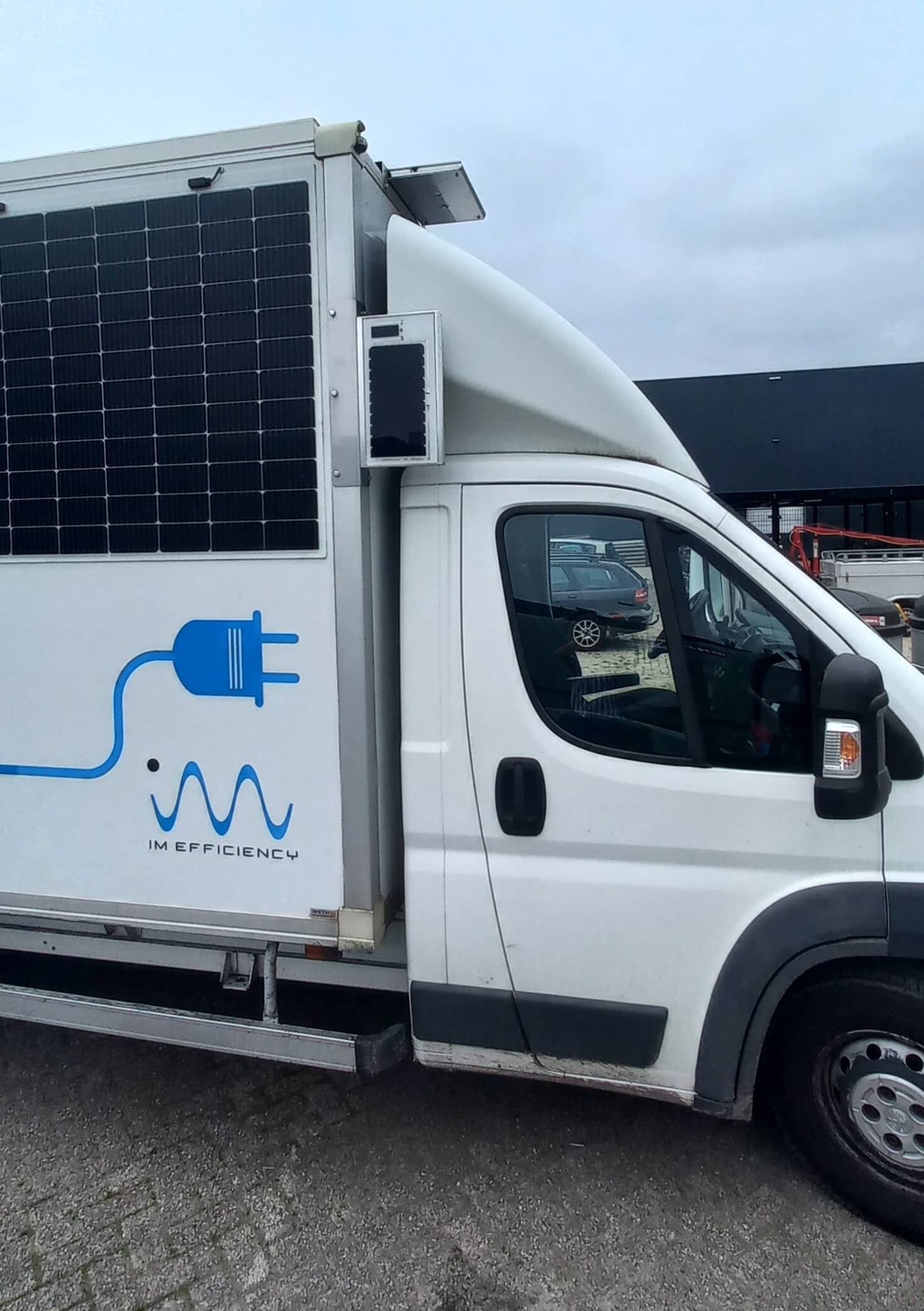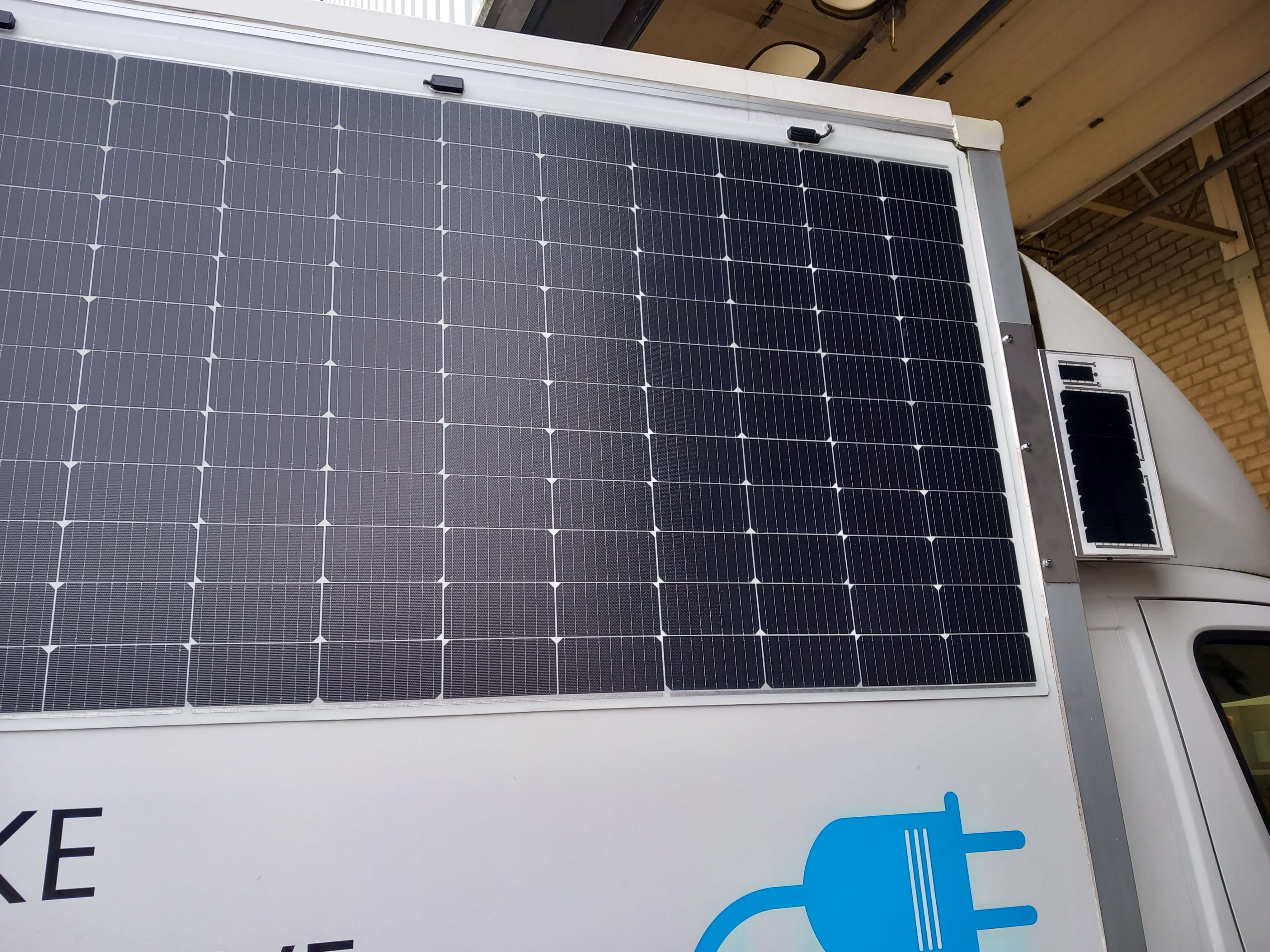News #15
Solar Potential on Electric Vehicles within Europe
In the foreseeable future, the majority of vehicles on European roads will be electric. Since the beginning of 2023 a European consortium of experts has been investigating to what extent the expansion of vehicle-integrated solar would affect the electricity requirements of an electrified vehicle fleet. Participating in the consortium are the Netherlands Organization for Applied Scientific Research TNO; the Fraunhofer Institute for Solar Energy Systems ISE as well as three on-board solar technology system suppliers for vehicles; Sono Motors, Lightyear Layer and IM Efficiency. The SolarMoves project, commissioned by the Department for Mobility and Transport (DG MOVE) of the European Commission, aims to quantitatively assess solar electricity generation on vehicle bodies and its impact on the future charging infrastructure in Europe. As part of the project, some 20 vehicles that drive throughout Europe have been equipped with mobile irradiance sensors. They are to collect real data that will be used to validate the energy yield models developed by the researchers.

The three-year research project combines simulation models of solar power production and consumption with real measurements taken during operation on the road. In the project, various vehicles, in particular vans and trucks with integrated photovoltaics, were equipped with sensors in order to measure and determine solar radiation under real conditions throughout Europe for the period of one year. The trucks are owned by several logistic companies, who are willing to support this project during their normal operations.
"The results of the year’s data collection will give us insight on the electric efficiency improvement of electric vehicles through the use of integrated solar," said Wim Soppe at TNO and SolarMoves project leader. "The aim is to determine the total potential of vehicle-integrated photovoltaics and to be able to make realistic predictions about the charging infrastructure required, for the case when a significant share of electric vehicles are equipped with solar panels in the near future." The results will ultimately be used to derive policy recommendations for the European Commission.
Photovoltaic potential for Germany already investigated.
From 2019 to 2023, Fraunhofer ISE investigated the solar potential of German traffic routes in the "PV2GO" project. Initial experience was gained in this project with irradiation sensors, which were develoved further in the SolarMoves project. In PV2Go, these sensors were installed on 57 cars and 5 trucks as part of a citizen science campaign. The scientists collected and evaluated more than 46 million data points over 460,000 kilometers in the course of a year. Their data analyses showed that the solar energy losses due to shading in a vehicle with roof- and hood-integrated solar and average driving behavior is around 35 percent.
"Taking these losses into account, electric cars with roof-integrated solar would generate around 460 kilowatt hours of electricity per year according to our calculations," explained Christian Schill, project manager of PV2GO at Fraunhofer ISE. "With a consumption of 15 kilowatt hours per 100 kilometers, an electric car would gain around 3000 kilometers of range per year." In the SolarMoves project, the consortium will find out to what extent the results from Germany can be transferred to the EU region. The three-year research project will run until the end of 2026.
Links and Downloads
Last modified:
